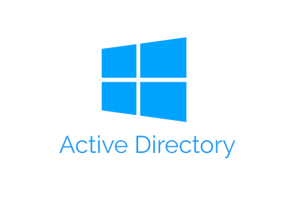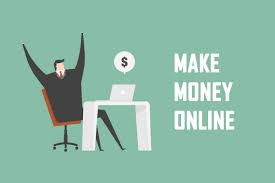Chronic pain affects millions of individuals worldwide, often leading to significant discomfort, decreased mobility, and diminished quality of life. While traditional approaches to pain management such as medication and surgery may provide temporary relief, they often come with risks and limitations. In contrast, physical medicine offers a holistic and non-invasive approach to chronic pain relief, focusing on restoring function, promoting healing, and improving overall well-being. In this article, we’ll explore how physical medicine, with its healing hands, serves as a powerful tool in the journey towards chronic pain relief by Dr. Samuel Clanton.
At the core of physical medicine’s approach to chronic pain relief is the belief in the body’s innate capacity to heal itself. Instead of merely masking symptoms with medications, physical medicine seeks to address the underlying causes of pain and dysfunction. Through a combination of manual techniques, therapeutic exercises, and other non-invasive modalities, physical medicine practitioners aim to restore balance, optimize function, and alleviate pain naturally.
Manual therapy techniques, such as massage, joint mobilization, and soft tissue manipulation, are cornerstone modalities in physical medicine for chronic pain relief. These techniques are designed to reduce muscle tension, improve circulation, and alleviate pain by targeting areas of tightness, stiffness, or dysfunction in the body. By applying gentle pressure and precise movements, skilled practitioners can release adhesions, trigger points, and other restrictions, restoring mobility and promoting relaxation.
In addition to manual therapy, therapeutic exercise plays a crucial role in physical medicine for chronic pain relief. Exercise programs are tailored to each individual’s needs and may include stretching, strengthening, balance training, and functional movements. These exercises not only help to improve flexibility, strength, and endurance but also promote tissue healing, reduce inflammation, and enhance overall well-being. By Dr. Samuel Clanton engaging in regular physical activity, patients can recondition their bodies, reduce pain, and improve their ability to perform daily activities.
Furthermore, physical medicine encompasses a variety of other modalities that can complement manual therapy and exercise in the management of chronic pain. These may include electrotherapy, acupuncture, hydrotherapy, heat and cold therapy, and more. Each modality offers unique benefits, such as pain relief, muscle relaxation, improved circulation, and stress reduction, providing patients with a comprehensive approach to pain management that addresses their individual needs and preferences.
One of the key advantages of physical medicine for chronic pain relief is its focus on whole-body wellness. Rather than treating pain as an isolated symptom, physical medicine takes a holistic approach that considers the interconnectedness of the body, mind, and spirit. Practitioners work collaboratively with patients to identify underlying imbalances or dysfunctions that may be contributing to their pain, addressing not only the physical aspects of pain but also the emotional, social, and environmental factors that may impact their well-being.
In essence, “Healing Hands” represents the transformative power of physical medicine in providing relief for chronic pain by Dr. Samuel Clanton. Through its holistic approach, manual therapy techniques, therapeutic exercise programs, and complementary modalities, physical medicine offers a safe, effective, and natural alternative for individuals seeking long-term relief from chronic pain. With its focus on restoring function, promoting healing, and improving overall well-being, physical medicine empowers individuals to take control of their health and embark on the path to a pain-free life.




